Specification
| Product | UV Light Therapy Device |
| Instrument Classification | Class II Medical Devices |
| Appliaction area | Half body,Hands Feet,Back,Legs etc |
| Working Voltage | AC 230V±10%, 50Hz±2%/ AC 120V±10%, 60Hz±2% |
| Fuse Protector | T1.0AL/ 250V |
| Irradiance | 7mW/cm² |
| UVB Quantity | 2 |
| Spectrum Scope | 311 ~ 312 |
| Working Distance | 3cm |
| Input power | 60VA |
| Structure | Desktop |
| Ambient temperature range | -40℃ ~ 55℃ |
| Relative humidity range | ≤95% |
| Atmospheric pressure range | 500hpa ~ 1060hpa |
| Certification | CE, FDA, ISO |
| Light source | UVB |
| Wavelengths | 311nm NB UVB |
| Net weight | 2.5KG |
| Dimension | 180mm × 190mm x 400mm |
| Display | Backlight LCD screen |
| Application | Vitiligo, Psoriasis, Eczema |
Treatment of multiple skin problems
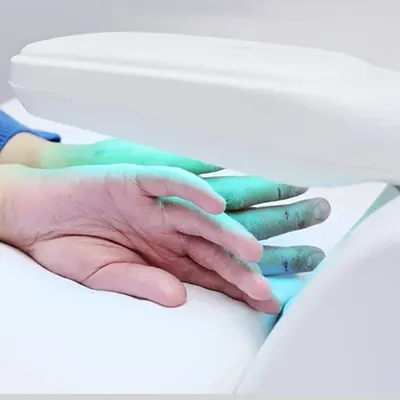
Treatment for Psoriasis
The main pathological feature of psoriasis is excessive proliferation of epidermal cells. Medium-wave ultraviolet rays (UVB) can act on the DNA of skin cells, interfering with the rapid division and proliferation of epidermal cells, restoring the growth and renewal of skin cells to a normal rate, thus reducing the symptoms of thickening and scaling of the skin caused by psoriasis.
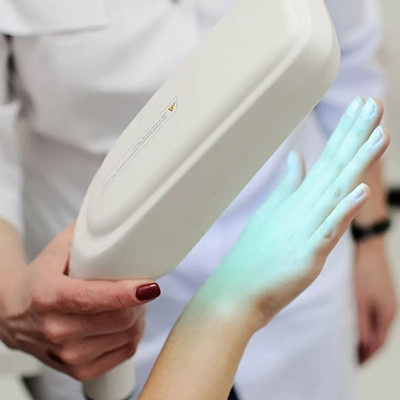
Treatment for Vitiligo
The onset of vitiligo is related to the abnormality of the autoimmune system, the immune system will attack the melanocytes, resulting in their damage and inability to synthesize melanin normally. UV physical therapy lamp irradiation can regulate the body’s immune function, inhibit the destruction of immune cells on melanocytes, for the repair and regeneration of melanocytes to create favorable conditions.
Product Details
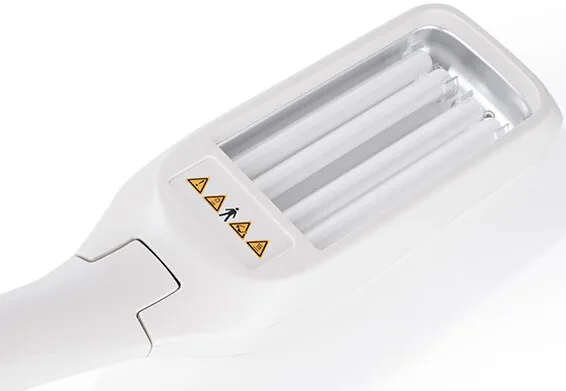
Philips Lamp
Our products use Philips lamps, which are made of high-quality materials and strict production processes. After a variety of tests have proved that Philips lamps can work stably in all kinds of environments with a low failure rate.
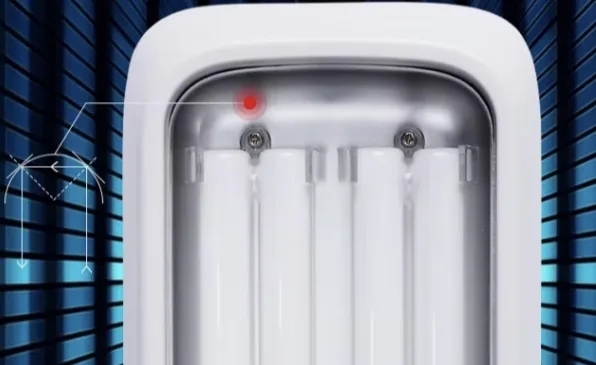
Reflector Design
Reasonable use of efficiency, reflector parabolic design, greatly improving the efficiency of irradiation, so that the light is more concentrated. The large irradiation area of the double branch lamp, over 100 square centimeters, about 104 square centimeters, 16.2 (square inches), suitable for whole body treatment.
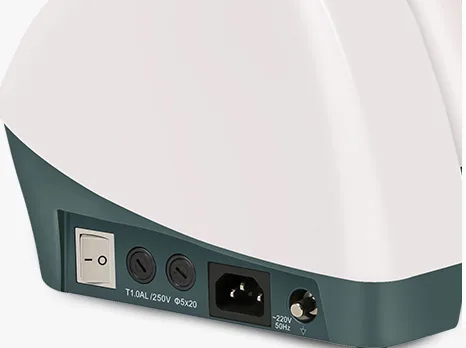
Convenient Handling
The UV equipment is plug-and-play with a direct-plug design that requires no complicated installation steps. It is very easy to use. Users can quickly connect the device without additional tools or complex debugging, and instantly open the efficient working state.

90-Degree Adjustable Bend
The UV device features an innovative 90-degree adjustable bend, providing superior flexibility in application. This design enables users to effortlessly adjust the device to various angles, ensuring optimal UV exposure across diverse treatment scenarios.
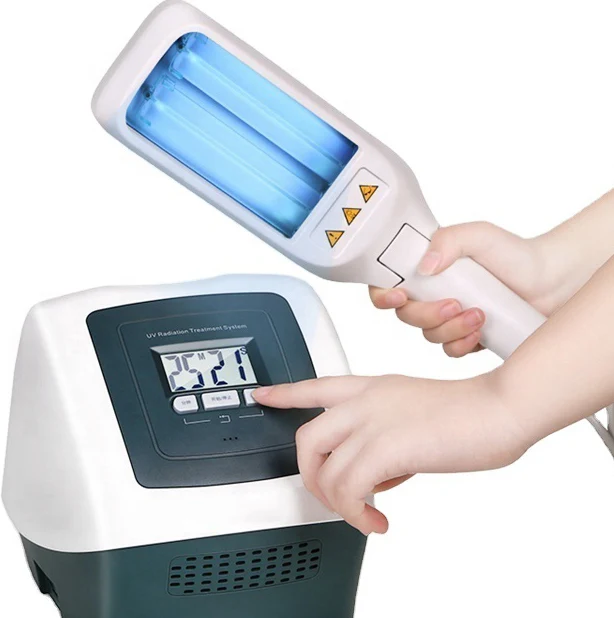
portability
Free from the bulky weight of traditional equipment, this instrument is small enough to be held in one hand, making it easy to carry.
Operation Panel

Using the Operator Panel Details
Press “Minute”key to set time minute, press it once, one minute will be added .Same as the time “second”. If need clearing the time, please press “minute”key and “second”key at the same time. Press” Start/stop” key to open or pause them. Alarm note will be showed when time countdown is over.
Product Advantages
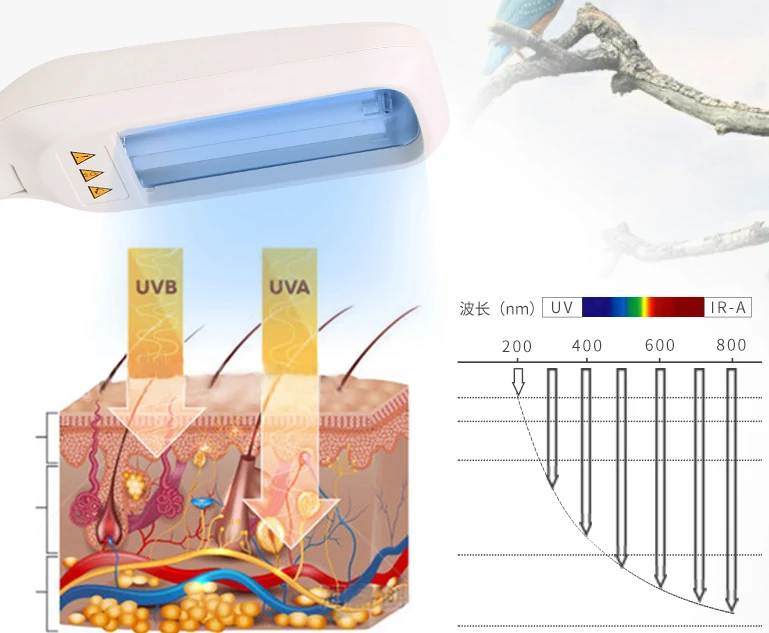
1. Unrivaled safety
Narrowband UV phototherapy is an ideal first-line treatment that is safe for children, the elderly and immunocompromised patients. With minimal side effects, phototherapy is a safer alternative to many systemic medications. Studies have also shown no significant association between narrow band UV phototherapy and malignant melanoma.
2.Efficient Treatment
The UV device is recognized for its efficacy in delivering effective therapeutic outcomes. Engineered with cutting-edge technology, it emits targeted ultraviolet (UV) light known for its therapeutic benefits. Designed to optimize treatment results, this device is well-suited for managing skin conditions such as psoriasis and various other applications.
3. Long-term cost-effectiveness
Compared to other treatments, home light therapy is a one-time expense for the patient, but has a lower long-term cost. This reduces the long-term financial burden on patients and eliminates the risk of interruption of treatment due to changes in insurance coverage.
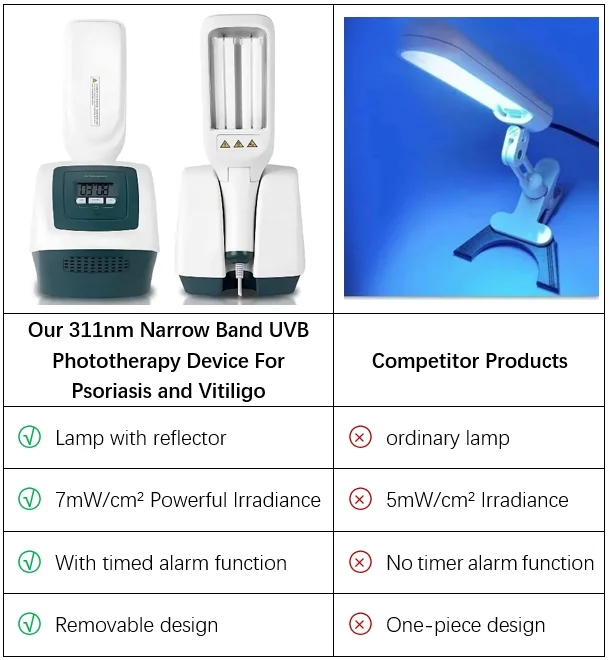
Advantages compared to similar products
our products 311narrow band UVB phototherapy device for psoriasis and vitiligo. It is compared with similar products. Good quality of light source, exquisite craftsmanship, humanized design of handle separated from the main body, easy to carry.
Clinically Proven Results
The UV device is supported by clinical evidence demonstrating its effectiveness in treatment. Its performance has been validated through rigorous clinical studies, affirming its reliability and therapeutic benefits for various skin conditions.
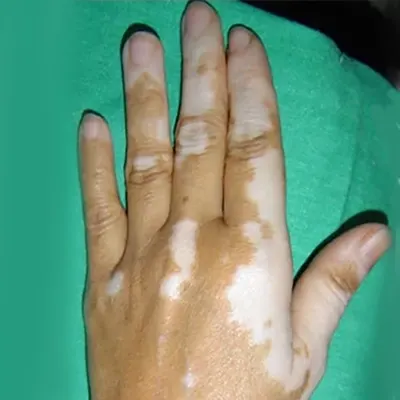
Before Treatment
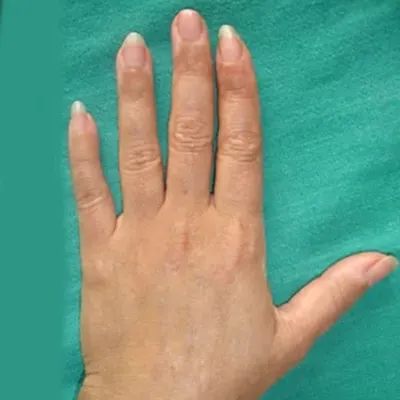
After Treatment
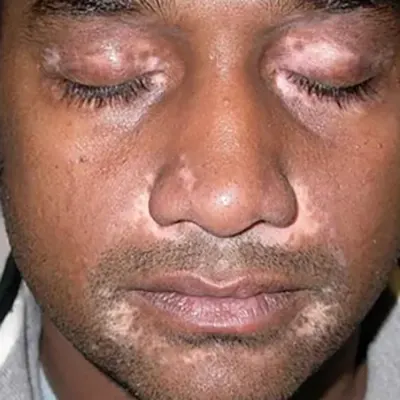
Before Treatment
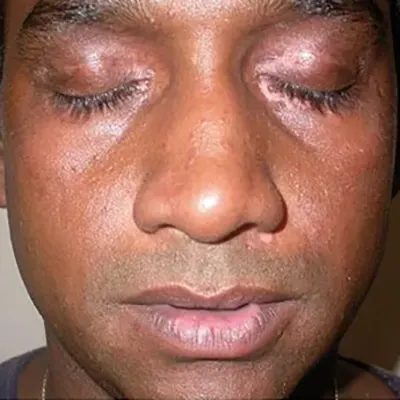
After Treatment
Application
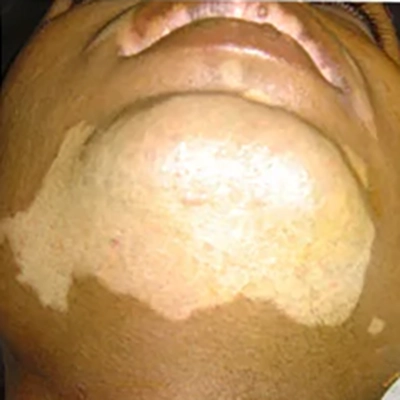
Mild Skin Vitiligo
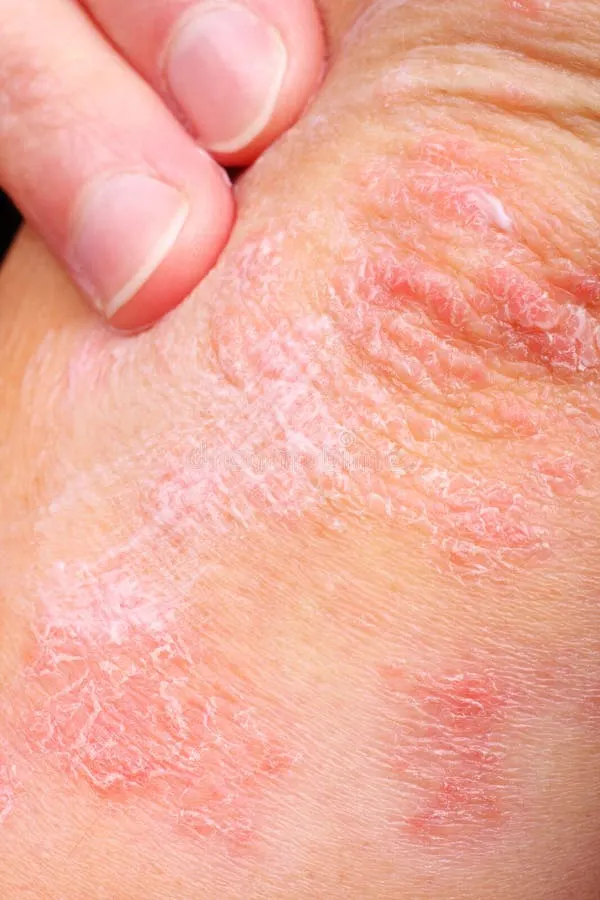
Psoriasis
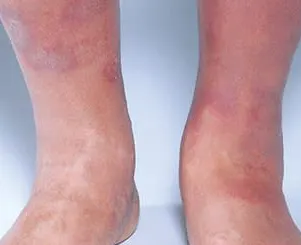
Atopic Dermatitis
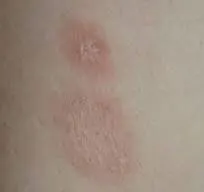
Pityriasis Rosea
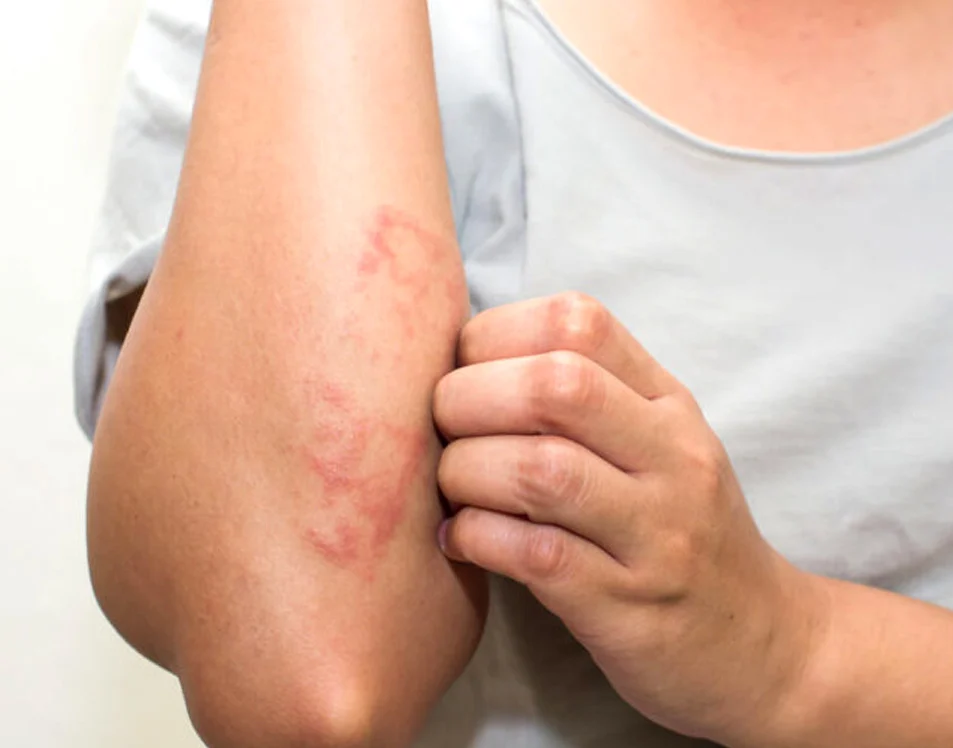
Eczema
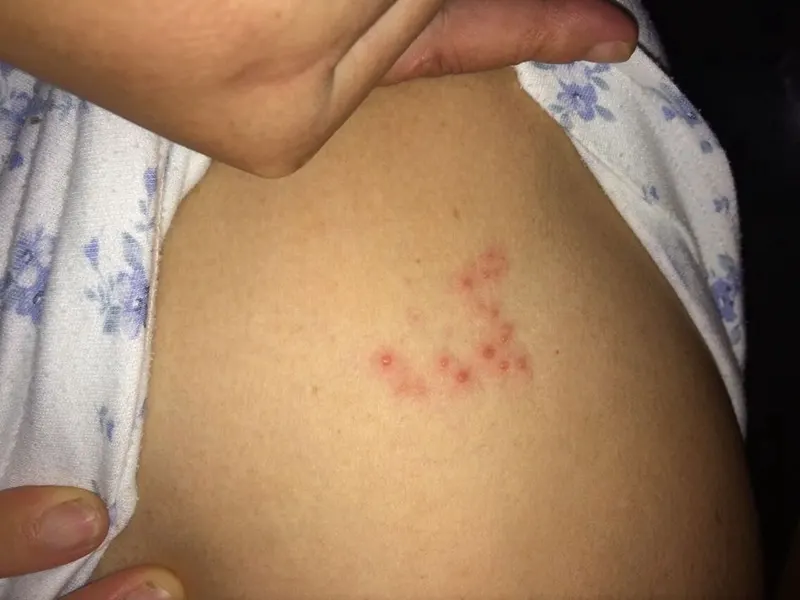
Cutaneous T-cell lymphoma
Application Scenario
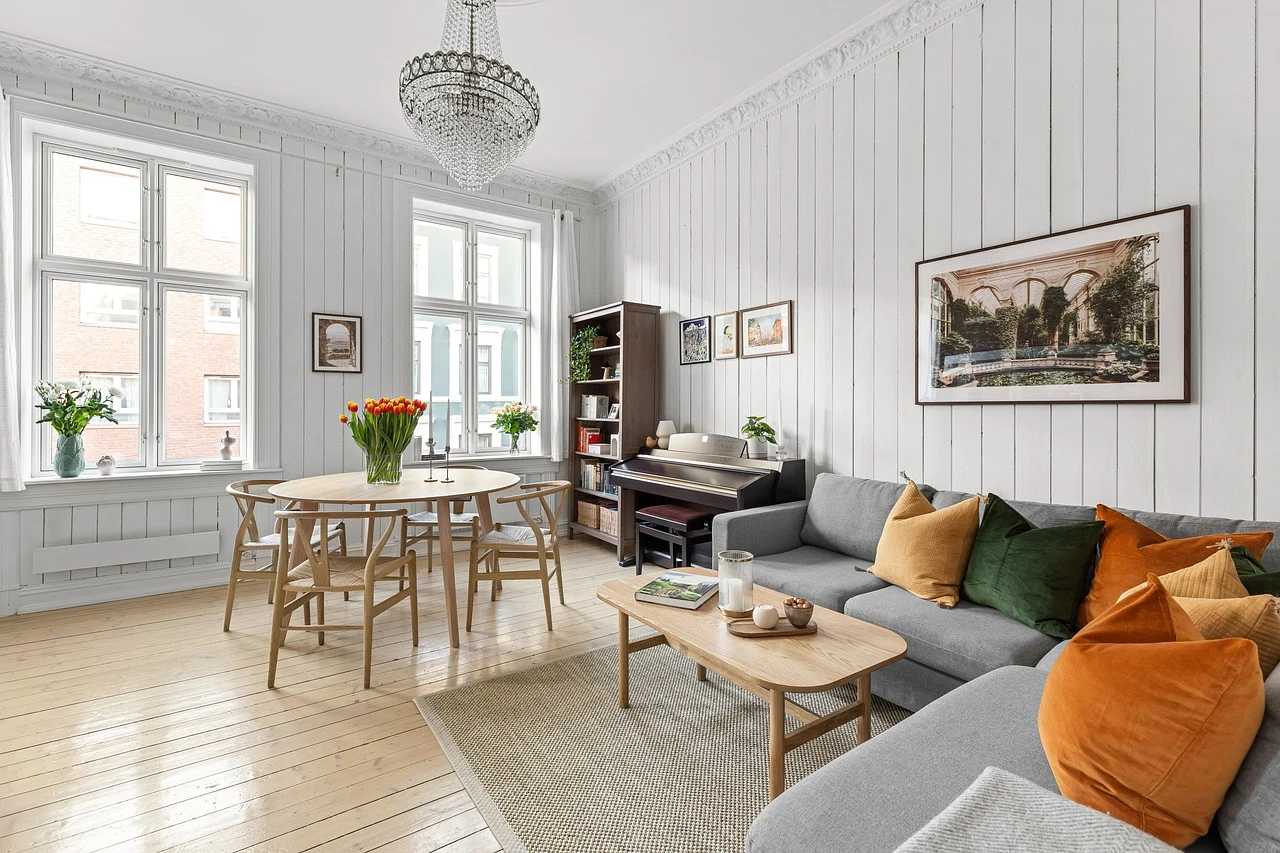
Home

Hospital

Clinic
Our Factory

R&D
● Our company has four R&D centers in Xuzhou, Nanjing and Shenzhen, China.
● More than 60 engineers in Company’s R&D centers.
● Annual investment in R&D, more than 10% of sales.
● Deep cooperation with Philips to ensure the quality of light sources.
● Innovative application of electronic prescription concepts and continuous development of DC technology.

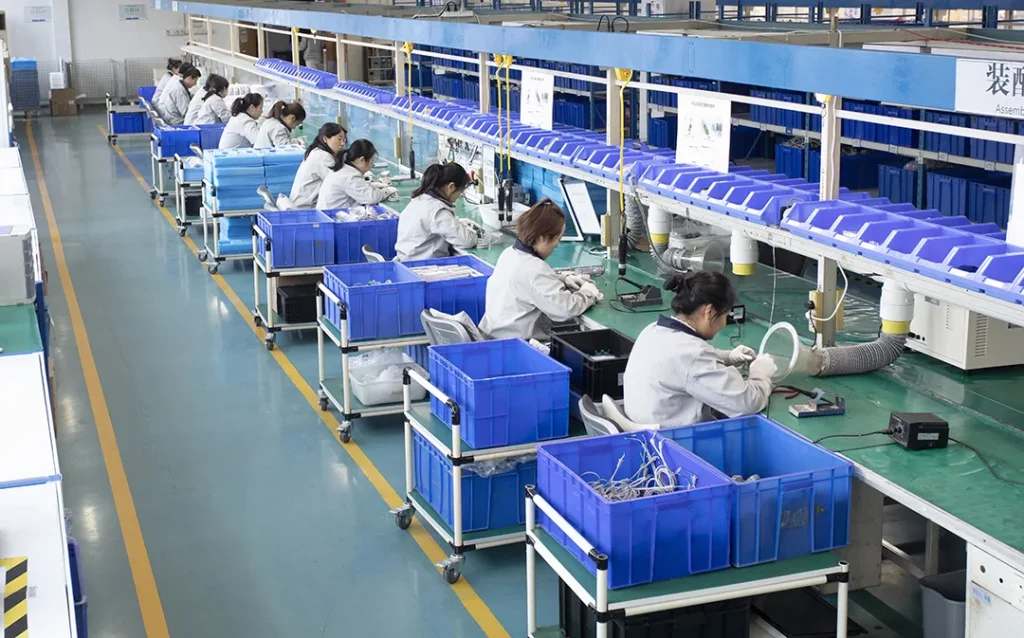
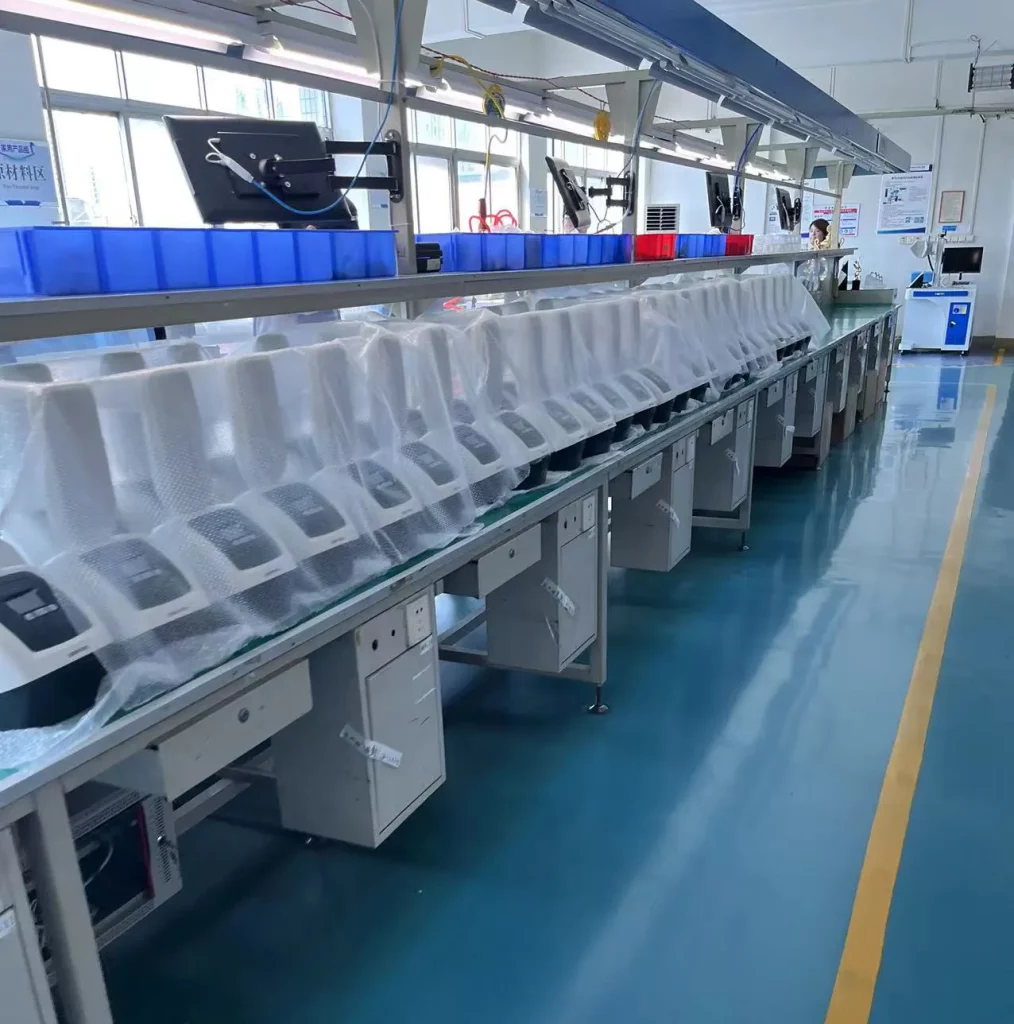
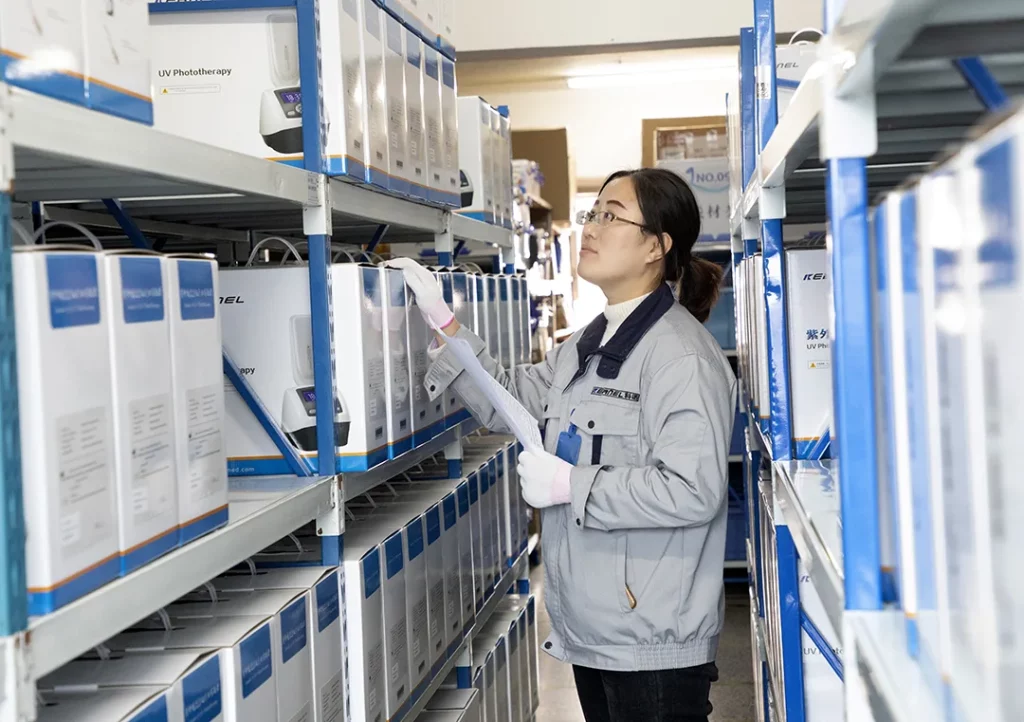
production process
This product is manufactured in a modern, standardized factory. From raw material selection to finished product assembly, every step is strictly monitored and controlled. The factory utilizes an intelligent management system and state-of-the-art production equipment, ensuring consistent and reliable product quality.

QC
The QC Center has automated and intelligent laboratories with more than 300 sets of testing equipment for safety, electronic compatibility, reliability, etc., worth more than 10 million RMB.
Certified
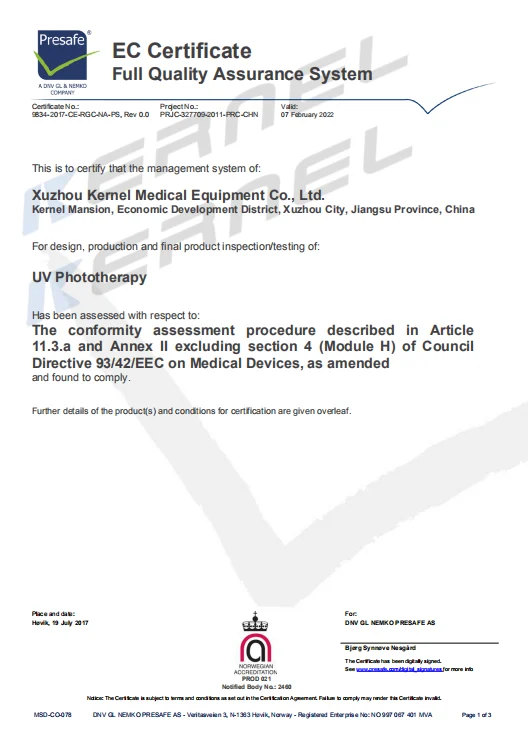
CE
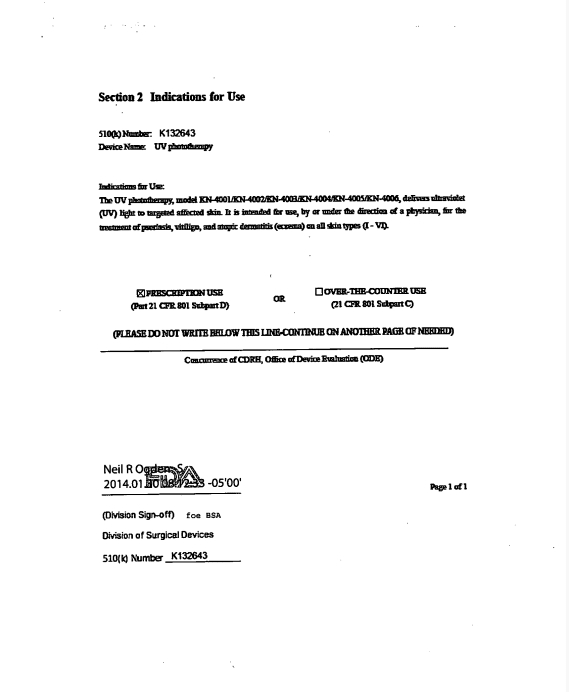
FDA
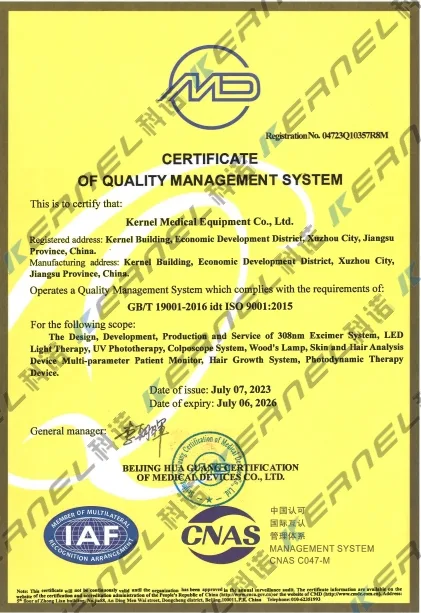
ISO9001
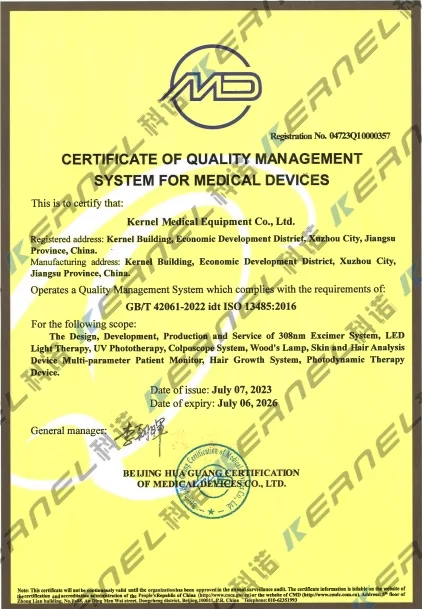
ISO13485
Packing List

Device
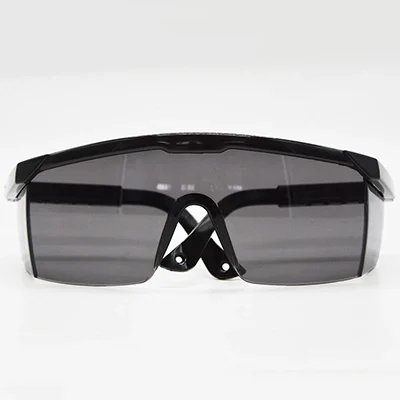
Protective Glasses
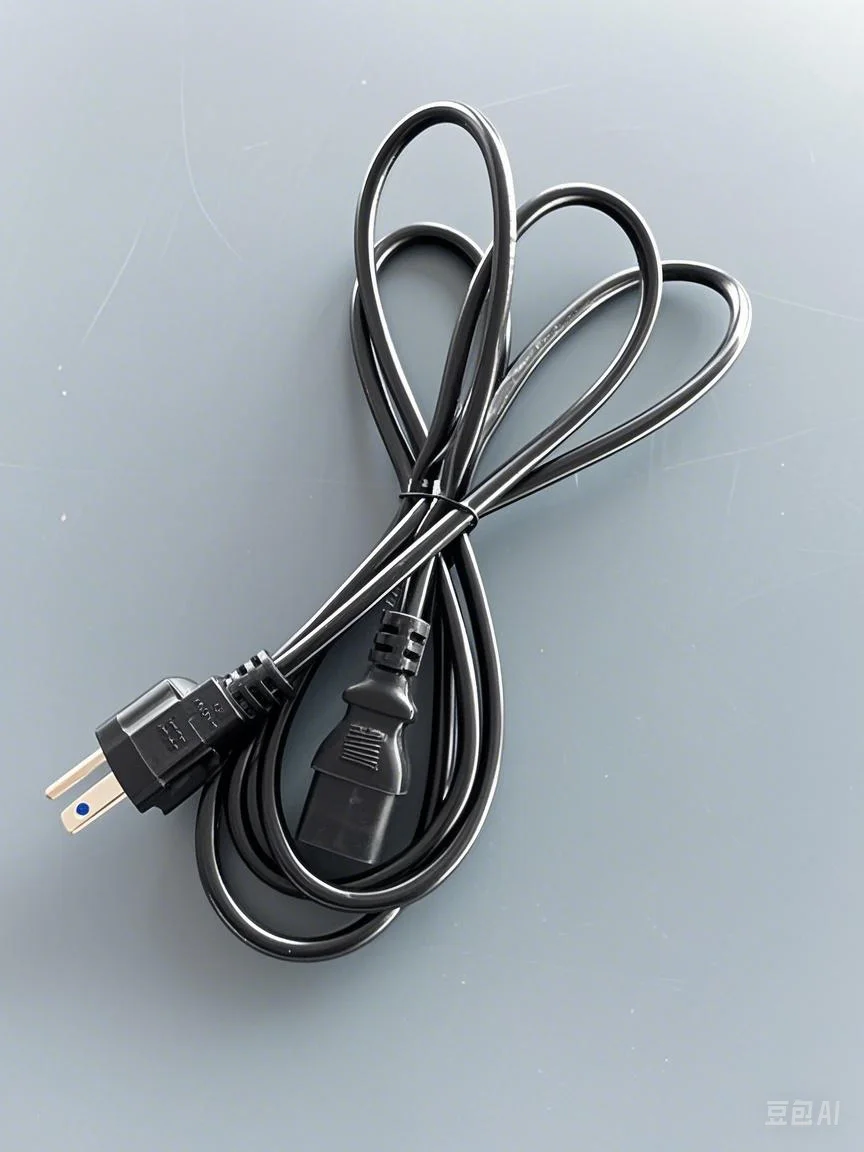
Power Cable

Manual
Usage Guidelines & Safety Precautions

Use Method
- Connect the Device: Ensure the device is properly connected and powered on.
- Wear UV Goggles: Protect your eyes by wearing the provided UV goggles.
- Set Up Treatment Time: Configure the treatment duration based on the skin response.
- Manual shutdown of the instrument: When the setup time is up, the machine will sound an alarm at which point the instrument needs to be turned off manually.
How to Set the Treatment Time
- Initial Setup: Begin with a treatment time of 40 seconds. After 6 to 8 hours, assess the skin’s response.
- Adjusting Time Based on Skin Reaction:
· Slight Redness: If the skin shows minimal redness, maintain the 40-second treatment time.
· No Color Change: Increase the duration by 10 seconds for each subsequent treatment session, up to 50 seconds, until a slight redness is observed.
· Intense Redness: If the skin becomes very red, reduce the time by 10 seconds to 30 seconds. Adjust the treatment time accordingly to the skin’s response.
Cautions for Using Narrow Band UVB Phototherapy Devices
1. Proper Use of Protective Gear:
- UV Goggles: Wear UV-protective goggles during treatment to safeguard your eyes from UV exposure.
- Protective Clothing: If treating small areas, protect surrounding healthy skin with clothing or other barriers to minimize unintended UV exposure.
2. Adherence to Treatment Guidelines:
- Follow Instructions: Adhere strictly to the recommended treatment times and schedules provided by the device manufacturer and your healthcare provider.
- Adjustments Based on Skin Reaction: Monitor your skin’s response carefully. Adjust the treatment duration if you notice excessive redness or irritation, and follow guidelines for time adjustments.
3. Avoiding Overexposure:
- Skin Sensitivity: Do not exceed the recommended treatment duration to prevent overexposure, which can lead to skin damage, increased redness, or burning.
- Frequency: Do not use the device more frequently than advised. Overuse can exacerbate skin issues or cause adverse effects.
4. UV radiation therapy is contraindicated in the following patients:
- patients with solar dermatitis, patients with lupus erythematosus, patients with malignant tumors, patients with pigmented skin diseases, patients with Bloom’s Syndrome, patients with dermatomyositis, pregnant women, and other patients who are not suitable for UV radiation therapy.
FAQ
The frequency of treatment is controlled at 3 – 5 times per week, i.e. once every 48 hours, to maintain a stable treatment rhythm; it is recommended that a complete treatment cycle be set at 2 – 3 months. At the end of the first course of treatment, a two-week break is recommended to ensure adequate adjustment and recovery of the body, after which the next course of treatment will be initiated in accordance with the individual’s recovery and professional assessment.
During the irradiation treatment, in order to further reduce the exposure of non-target tissues to radiation, it is recommended to use special shielding materials, such as lead clothing and protective scarves, to effectively cover the normal skin for protection. It has been clinically proven that even without covering the normal skin, the irradiation technique still meets the standards of safe and non-invasive operation and does not cause irreversible damage to the skin. Due to the biological effects of ionizing radiation, temporary erythema or hyperpigmentation may appear on normal skin after treatment, which is a normal reaction of the body’s repair process. In most cases, the erythema will subside naturally within a few days to a week, and the hyperpigmentation usually resolves gradually within 1 – 3 months.
Ultraviolet (UV) radiation is an important part of the electromagnetic spectrum, with wavelengths between visible light (380 – 760nm) and X-rays (0.01 – 10nm), covering the UVA (315 – 400nm), UVB (280 – 315nm), and UVC (100 – 280nm) bands. Based on evidence-based medicine and clinical practice, UV therapy has been proven to have good safety and efficacy under strict compliance with indications, contraindications and dosage specifications. As one of the important means of physical therapy, UVB therapy occupies a key position in the field of dermatology, and is widely used in the treatment of psoriasis, atopic dermatitis, vitiligo and other chronic inflammatory dermatoses, as well as in the prevention and treatment of skin photodamage and intervention of pre-cancerous lesions of the skin, which also demonstrates significant clinical value.
1.UV Exposure Protection: In addition to the established therapeutic UV exposure, exposure to any other sources of UV radiation, including artificial UV devices such as sunbeds, solariums, and sunbathing in natural light, should be strictly eliminated throughout the treatment cycle. Additional UV exposure will cause the cumulative radiation dose to the skin to exceed the treatment planning threshold, significantly increasing the risk of skin phototoxicity (e.g., acute erythema, burning pain), chronic photoaging, and long-term skin carcinogenesis; at the same time, unplanned UV exposure will interfere with the precise correlation analysis between the treatment dose and the therapeutic efficacy, and will affect the scientific adjustment and optimization of the subsequent treatment regimen.
2.Declaration of medication information: Please be sure to proactively and thoroughly disclose to the attending physician and care team all currently used internal and external preparations, including but not limited to prescription medications, over-the-counter medications, herbal preparations, dietary supplements, vitamins and minerals, as well as skin creams, ointments, and so on. Some drugs (e.g. quinolone antibiotics, phenothiazines) have photosensitizing properties, and when used in combination with UV therapy, may induce severe photo-anaphylactic reactions; topical preparations (e.g. products containing salicylic acid and retinoic acid) can change the structure of the skin stratum corneum, affecting the depth of UV penetration and absorption efficiency. Comprehensive reporting of medication information helps physicians to comprehensively assess treatment risks, formulate individualized treatment plans, and maximize the avoidance of potential drug or phototherapy interactions and adverse reactions.
According to medical data and treatment guidelines, for patients with moderate-to-severe psoriasis, a standardized Narrow Spectrum Medium Wave Ultraviolet (NB-UVB) phototherapy regimen usually requires the completion of 20 to 36 treatment cycles, with three treatments per week, in order to achieve results such as a significant reduction in the size of the lesion area, and a significant reduction in the PASI (Psoriasis Area and Severity Index) score. The goal of this treatment cycle is to achieve ideal disease control by accumulating the appropriate dose of UV radiation to effectively regulate the immune system microenvironment and inhibit the abnormal proliferation of keratin-forming cells.
Only logged in customers who have purchased this product may leave a review.
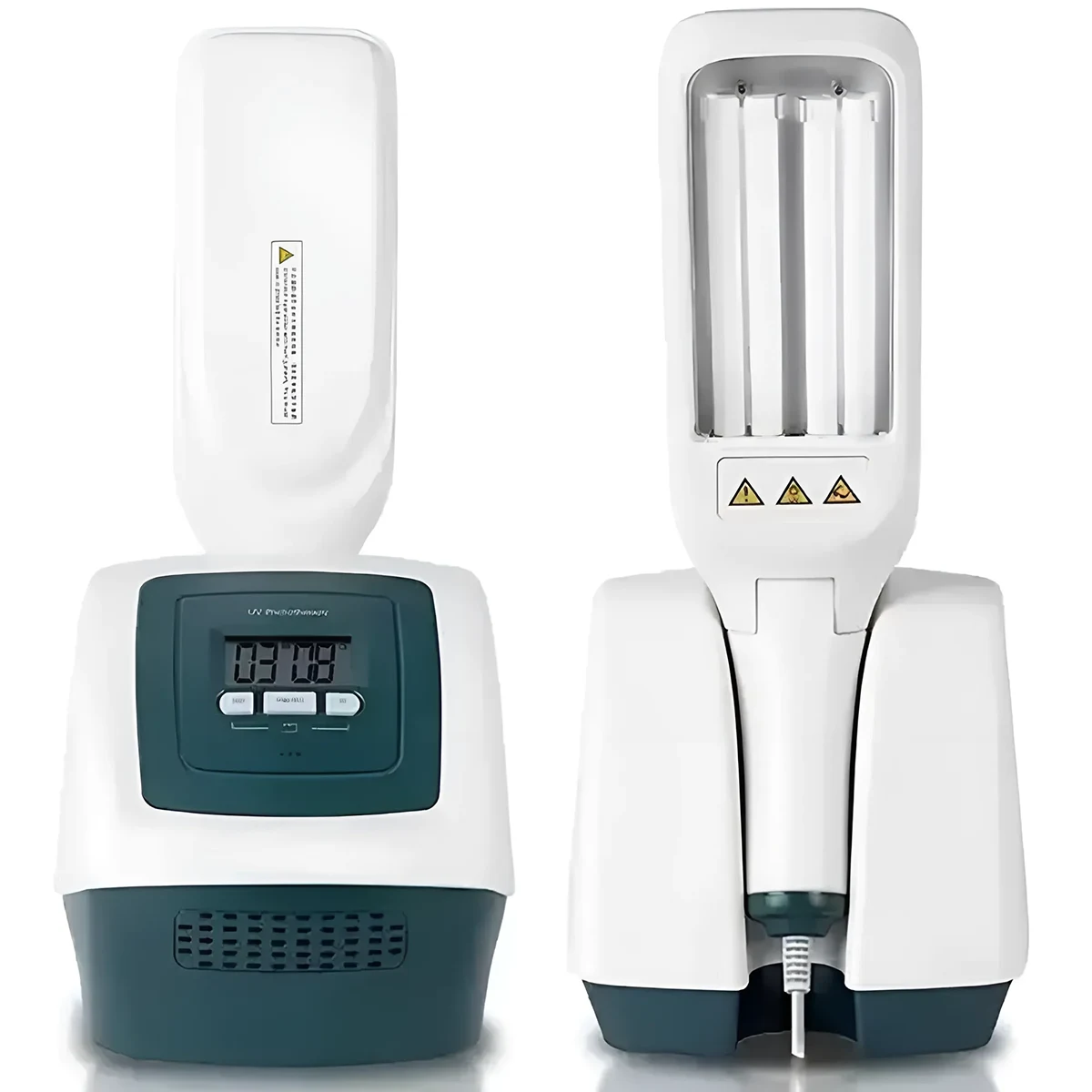
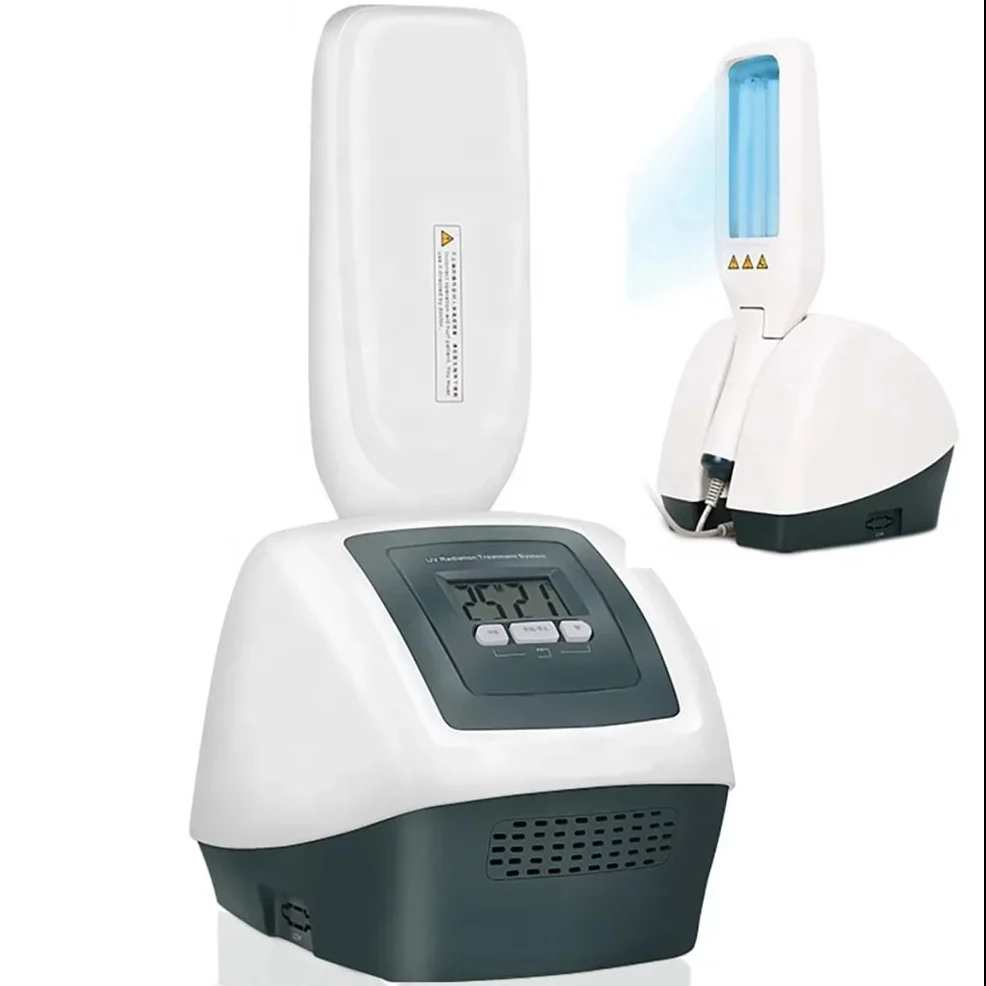
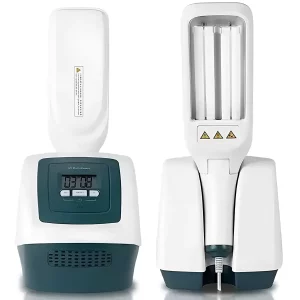
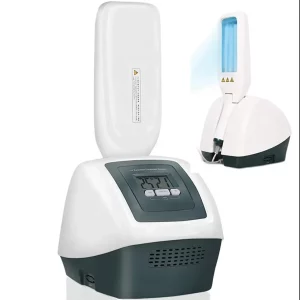
Reviews
There are no reviews yet.